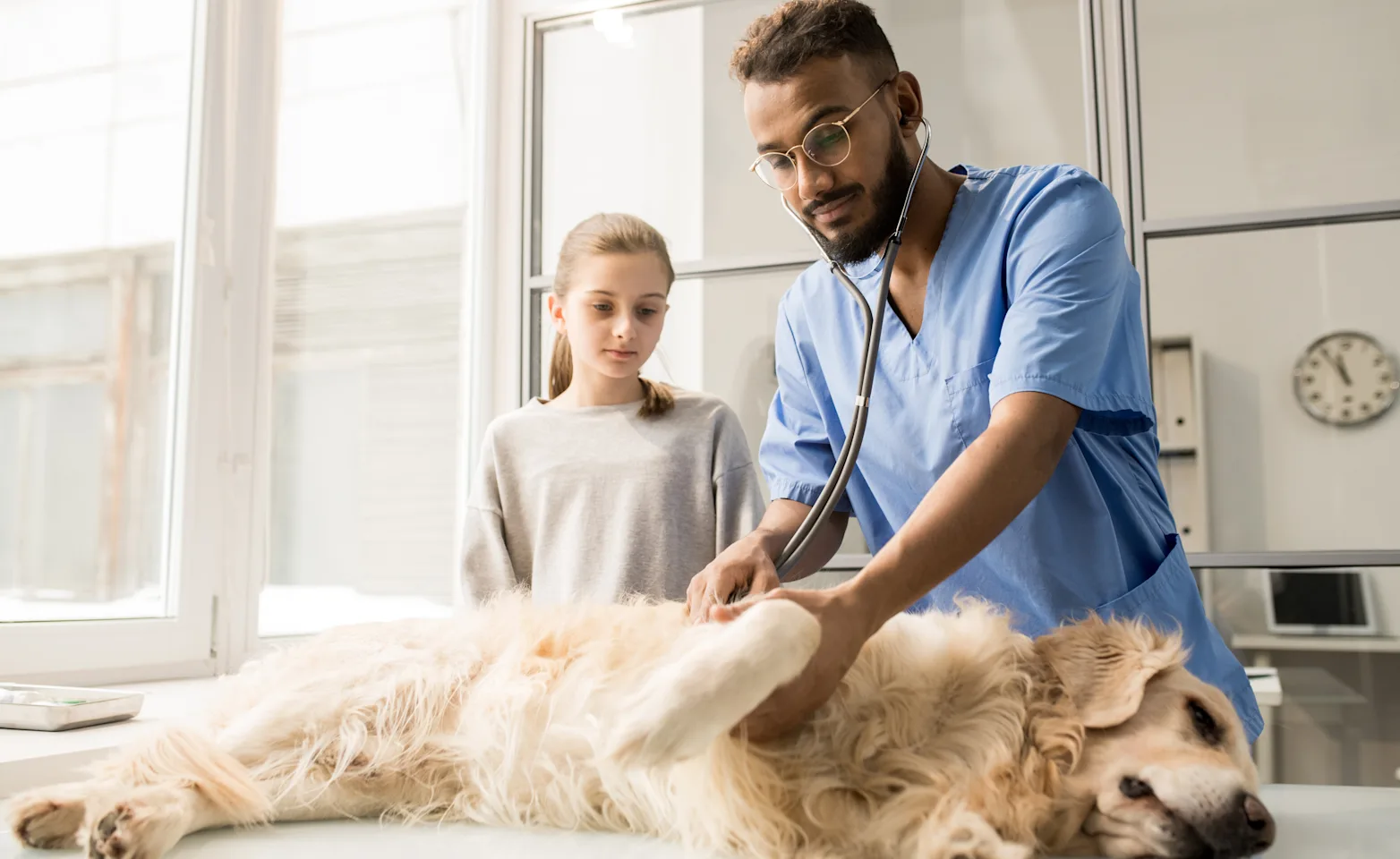Anne Arundel Veterinary Emergency Clinic (AAVEC)

What To Do In An Emergency

If your pet is suffering from an emergency and requires critical care from a veterinarian, it is important to stay calm. Your pet feeds off of your emotions, so if you panic your pet will panic which can create more complications. It is best to try to stay as calm as possible so that your pet feels more at ease.
Please bring your pet to us as soon as possible after the trauma. Calling ahead to let us know you are coming is extremely helpful and allows us to prepare necessary treatment options. Also, remember that no matter the relationship between you and your pet, a pet in pain may bite, so be very careful when you handle them if they are in pain or distress.
First Aid:
If your pet is bleeding, apply firm, direct pressure over the bleeding area to control and help to stop the bleeding. Avoid bandages that cut off circulation
Wrap large wounds to keep them clean
Minimize movement as much as possible
Other ways to help:
Keep a file with your pet’s records and bring it with you if possible
Be a good observer. Know when your pet last ate, drank, urinated or defecated
Bring a sample of any abnormal stool, vomit or urine
If seizures or fainting occur, time the length of these episodes and the time in between if multiple episodes occur
Bring containers of any possible ingested toxins to us
Check with us BEFORE giving any home remedies or human medications
